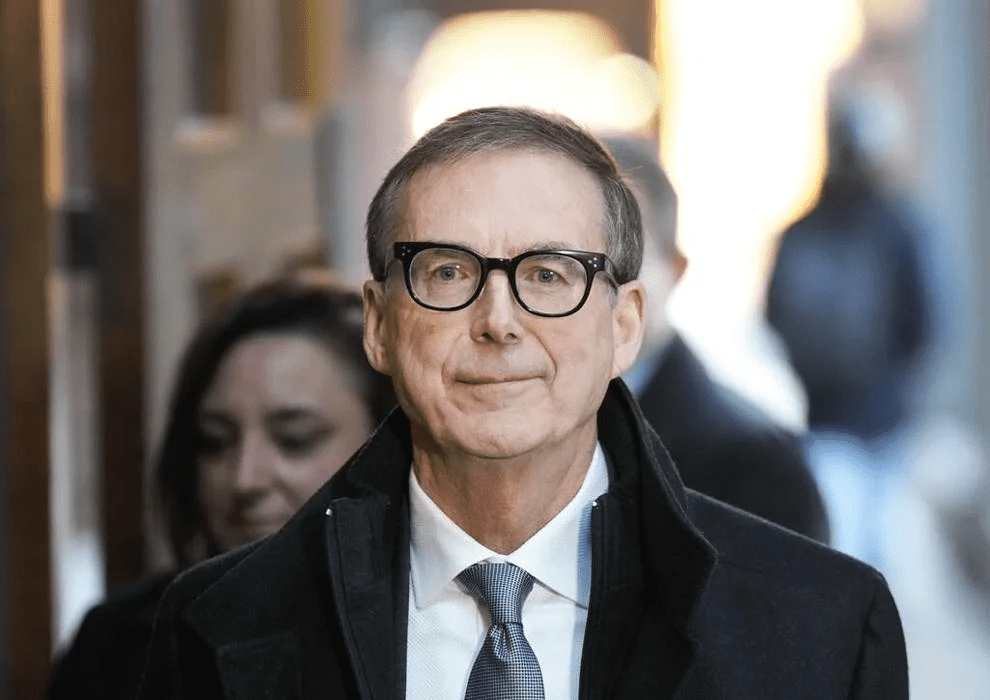
Bank of Canada governor Tiff Macklem says he expects 2024 to be a transition year as higher interest rates slow down the economy, making way for lower inflation. Macklem arrives for the annual meeting of federal, provincial, and territorial finance ministers in Toronto, Friday, Dec. 15, 2023. THE CANADIAN PRESS/Nathan Denette.
Bank of Canada Governor Tiff Macklem anticipates that 2024 will be a transitional period marked by higher interest rates slowing down the economy, ultimately leading to lower inflation. In his final speech of the year, Macklem outlines expectations for a softer economy in the coming year and provides criteria for the central bank to consider rate cuts.
Macklem acknowledges that the repercussions of past interest rate increases will persist, constraining spending and limiting growth and employment. Despite the challenges, he asserts that this economic softness is essential to curbing inflation. Achieving the inflation target would, in turn, create room for discussions about potential rate cuts, according to his prepared remarks.
However, Macklem emphasizes the uncertainty of the situation and warns of potential obstacles along the way. He emphasizes that the governing council will only contemplate rate cuts once there is confidence in a clear path back to price stability, urging caution against prematurely considering policy rate cuts.
Until then, the governor notes that the central bank will continue to assess whether interest rates are sufficiently high to bring down inflation. Acknowledging increased economic volatility globally, Macklem emphasizes the need for central banks to remain agile.
The Bank of Canada has maintained its key interest rate at five percent in its last three decisions, with widespread expectations that the next move will be a rate cut in the coming year. Financial markets anticipate a potential rate cut as early as April, but private sector economists suggest the central bank may take more time to ensure sustainable progress toward the two percent inflation target.
During his speech in Toronto, Macklem reflects on the lessons learned in the past year, emphasizing the importance of commitment to the two percent inflation target and improved communication with the public. The central bank plans to hold news conferences with every interest rate decision, aiming to enhance transparency and understanding of their actions. Additionally, efforts are underway to refine tools and analysis for assessing and responding to inflation, with increased attention to the supply side of the economy in a world marked by greater uncertainty and economic volatility.















